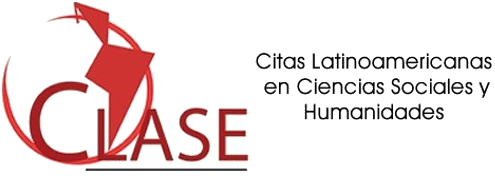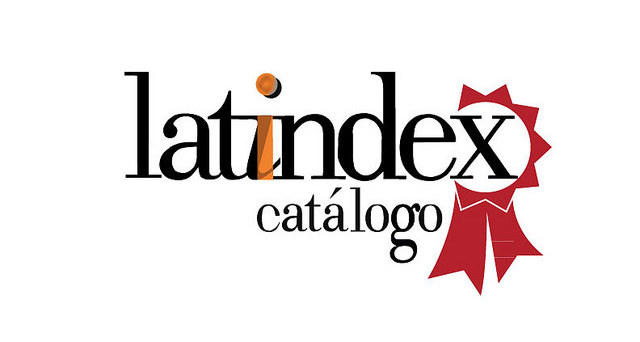Sleepless Nights in Zamora: What Goes Unsaid but Can Be Seen in the Dark
Reflections on Methodology
DOI:
https://doi.org/10.29340/en.v7n14.368Keywords:
Visual methods, Night, Michoacán, Disappearance, MourningAbstract
This photo essay features moments captured during late-night walks in Zamora, Michoacán, between 2020 and 2023, the years in which the city had among the highest murder and disappearance rates in the world. It explores the use of home altars and cenotaphs in the face of the silence surrounding these crimes in public expressions. Following the lead of Zamorano (2022), Reyero (2007), and others, the images were handed out at random, generating an opportunity for people to discuss violence, mourning, fear, and the stigma that hangs over families who have lost relatives. The most moving part of the text—responses sent in anonymously by people who had seen these photographs—is shared in the captions.
Downloads
References
Austin, John Langshaw (2018 [1962]) Como hacer cosas con las palabras. Buenos Aires: Paidos.
Barthes, Roland (1986). Lo obvio y lo obtuso: imágenes, gestos, voces (C. Fernández Medrano, trad.). Barcelona: Paidós Ibérica.
Consejo Ciudadano para la Seguridad Pública y la Justicia Penal (2022) “Ranking 2021 de las 50 ciudades más violentas del mundo” https://geoenlace.net/seguridadjusticiaypaz/webpage/archivos Consultado: agosto 2023.
Galinier, Jacques y Aurore Monod Becquelin, (coords.) (2016) Las cosas de la noche. Una mirada diferente. México: CEMCA, Centro de estudios mexicanos y centroamericanos
Kernaghan, Richard y Gabriela Zamorano Villarreal (2022) “‘Obtuso es el sentido: visualidad y práctica etnográfica” Encartes, vol.5 no.9, pp.1-27. https://doi.org/10.29340/en.v5n9.274
Observatorio Regional Zamora, A.C. (2023) Reporte sobre incidencia delictiva. Primer trimestre 2023. www.orz.org.mx Consultado julio 2023.
Reyero, Alejandra (2007) “La fotografía etnográfica como soporte o disparador de memoria. Una experiencia de la mirada” Revista Chilena de Antropología Visual no. 9, pp. 37-71.
Vargas González, Isaac (2020) “Miradas suspendidas. Las fotos de los desaparecidos en Jalisco” Encartes, vol. 3, núm. 6, pp. 188-205. https://doi.org/10.29340/en.v3n6.130
Yeh, Rihan (2022) “The Border as War in Three Ecological Images” en Editors’ Forum: Ecologies of War, número temático en Cultural Anthropology Enero. https://culanth.org/fieldsights/series/ecologies-of-war
Zamorano Villareal, Gabriela (2022) “Remendar la imagen: subjetividades y anhelos en los archivos fotográficos de Michoacán, México.” Encartes vol. 5, núm. 9, pp. 116-143. https://doi.org/10.29340/en.v5n9.260
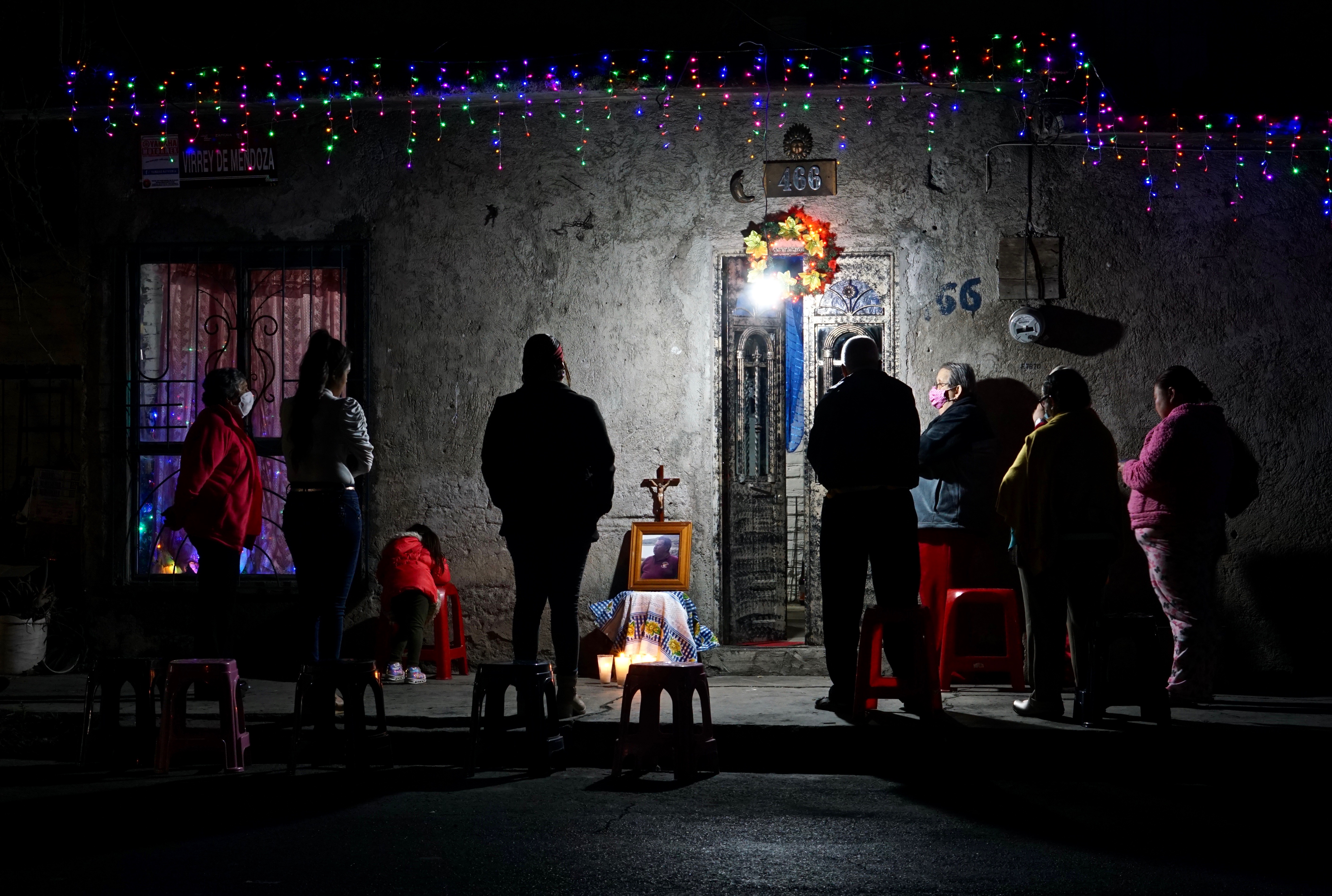
Downloads
Published
Issue
Section
License
Copyright (c) 2024 Encartes

This work is licensed under a Creative Commons Attribution-NonCommercial 4.0 International License.
Aviso de derechos de autor
- Los autores/as conservan los derechos de autor y ceden a la revista el derecho a la primera publicación con el trabajo registrado con la licencia de atribución Creative Commons, que permite a terceros utilizar lo publicado siempre que mencionen la autoría del trabajo y a la primera publicación en esta revista
- Los autores/as pueden realizar otros acuerdos contractuales independientes y adicionales para la distribución no exclusiva de la versión del artículo publicado en esta revista (por ej. Incluirlo en un repositorio institucional o publicarlo en un libro) siempre que indiquen claramente que el trabajo se publicó por primera vez en esta revista.
El material puede ser copiado, distribuido, comunicado, ejecutado públicamente. Se pueden hacer obras derivadas de él. No se puede utilizar para fines comerciales. Se debe reconocer y citar la obra de la forma en que tú especifiques.

